When using an open drain communication scheme, like I2C, it seems that the majority of power consumption comes from the sinking of current through the pull up resistor when a logic 0 is transmitted.
My question is: is there any power consumption when transmitting a logic 1, or do we only consume power when transmitting 0s? My guess is that there will need to be some current drawn when sending a 1 to charge the internal capacitances of the downstream receiver, but it will be significantly less current consumption than when we try to transmit a 0.
